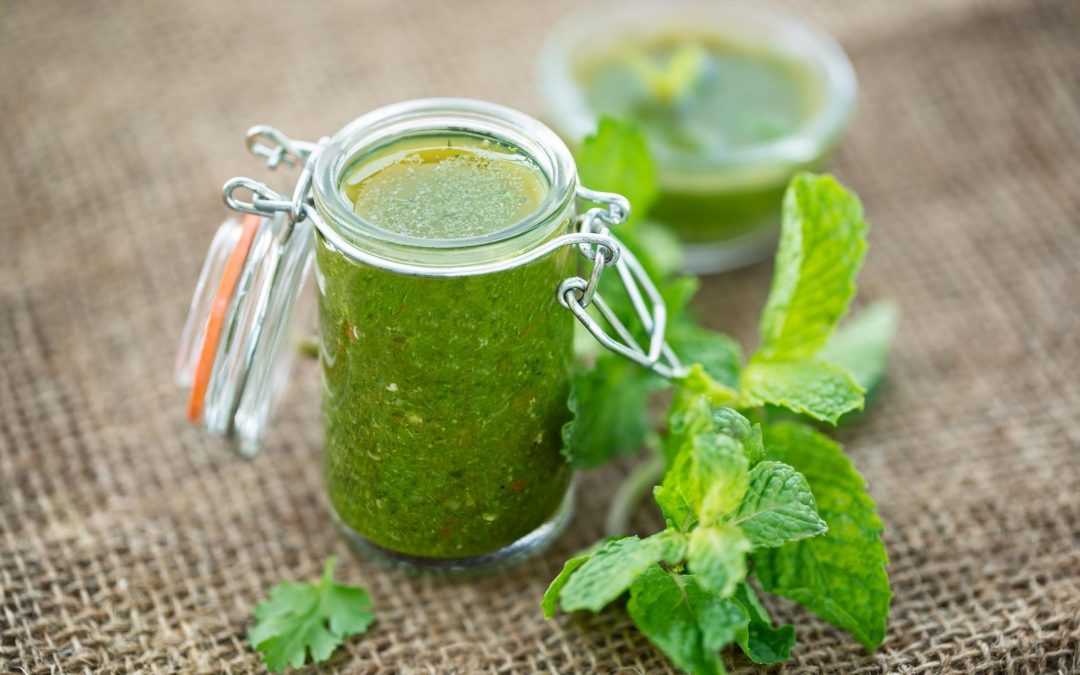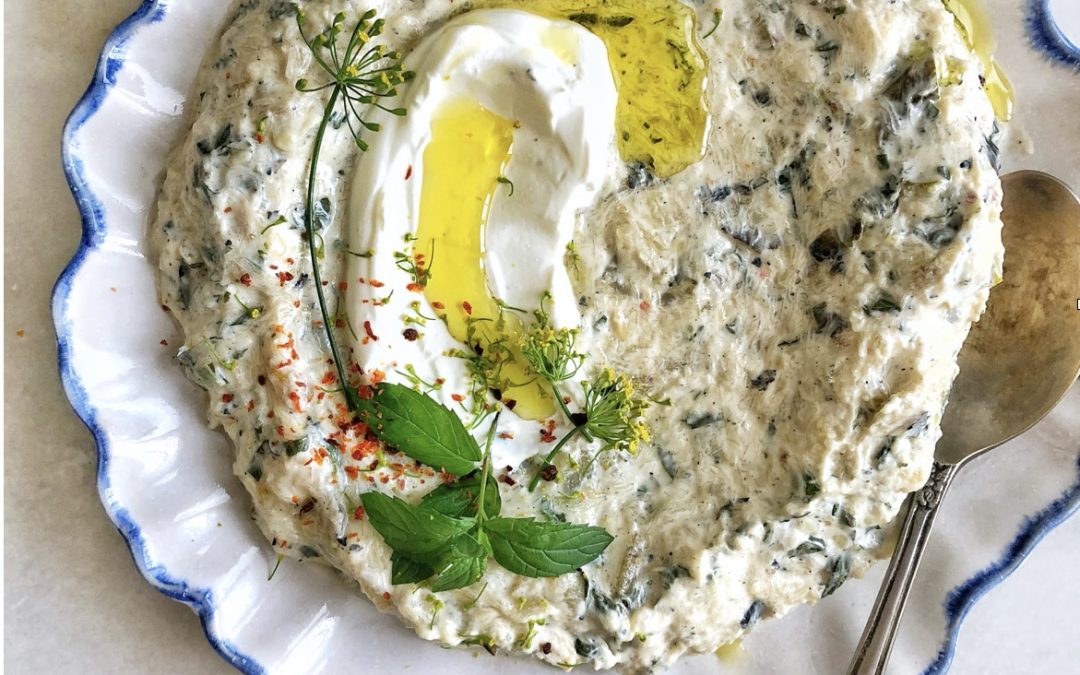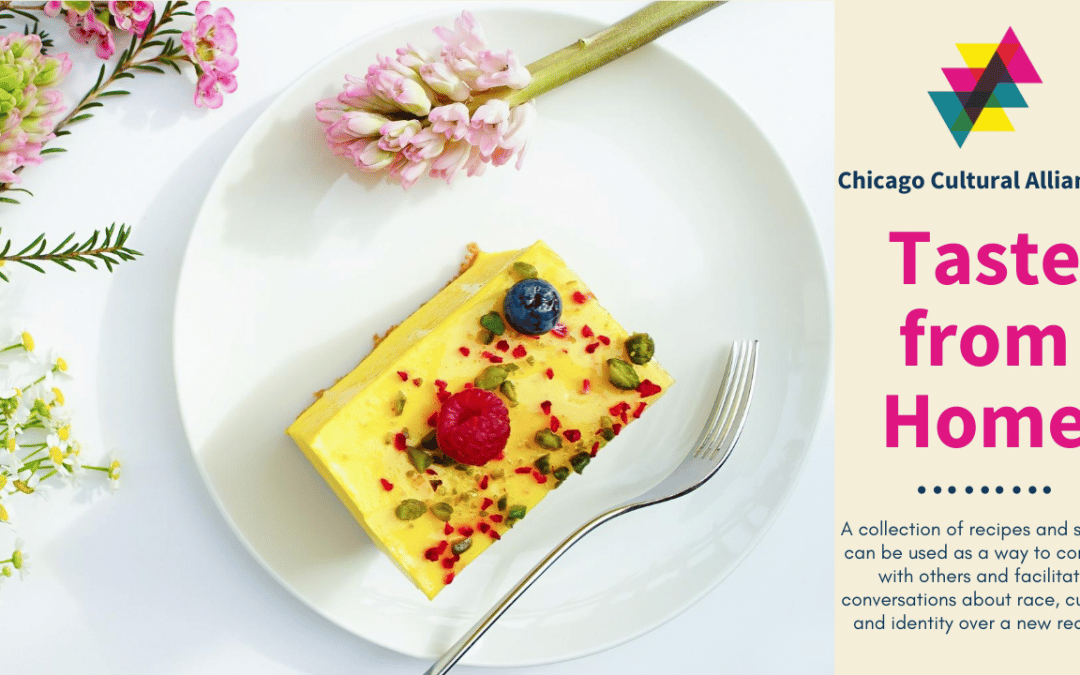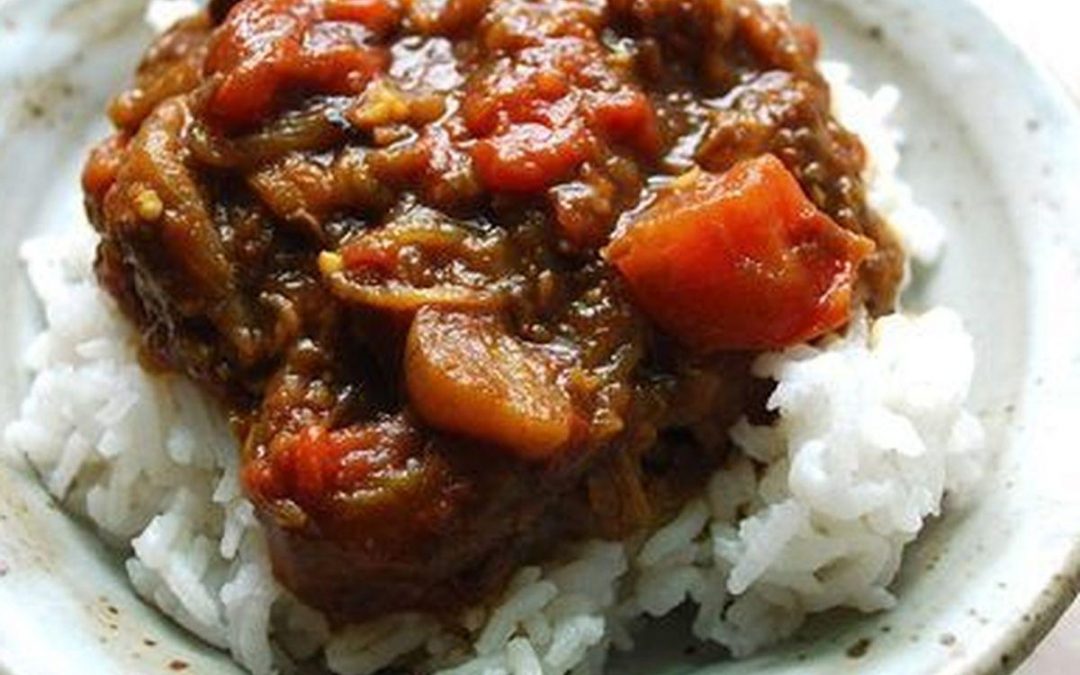
National Indo-American Museum’s Mint Chutney
National Indo-American Museum
Taste from Home is a collection of recipes and stories can be used as a way to connect with others and facilitate conversations about race, culture, and identity over a new recipe. Make a cultural dish and sit down with family and friends and have a discussion of the culture it represents. Please consider making a tax-deductible donation today, if you are able. If you are unable to donate, you can still participate by sharing a recipe by using hashtags #tastefromhome, #tastefromhomerecipe, & #chicagocultural on Facebook, Twitter, or Instagram.
“The National Indo-American Museum builds bridges across generations and connects cultures through the diverse, colorful stories of all Indian Americans. Their highly successful Taste of India program provides an insider’s tour of Devon Avenue’s ethnic marketplace. These recipes come from one of their partner restaurants: ROOH Chicago “
Mint Chutney
Ingredients
Blend Together
• Mint Leaves 1/4cup
• Cilantro Leaves 1 cup
• Garlic Peeled 2 tsp
• Ginger Peeled 5 tsp
• Green Chili 1 seedless
• Lemon Juice- 1 3/4 tsp
• Ice Cubes 2 to 3 ice cubes
Add in Post Blending
• Yogurt 1/2 cup
• Salt 3/4 tsp
• Roasted Cumin Powde 1/2 tsp
• Chat Masala- 1 tsp
• Sugar- 1 tsp
• Black Salt 1/2 tsp
Method
• Wash and pat dry mint and cilantro.
• In a blender add in all the ingredients to be blended together.
• Blend till a fine puree, pour it in a mixing bowl.
• Add in rest of the ingredients and taste for seasoning.




